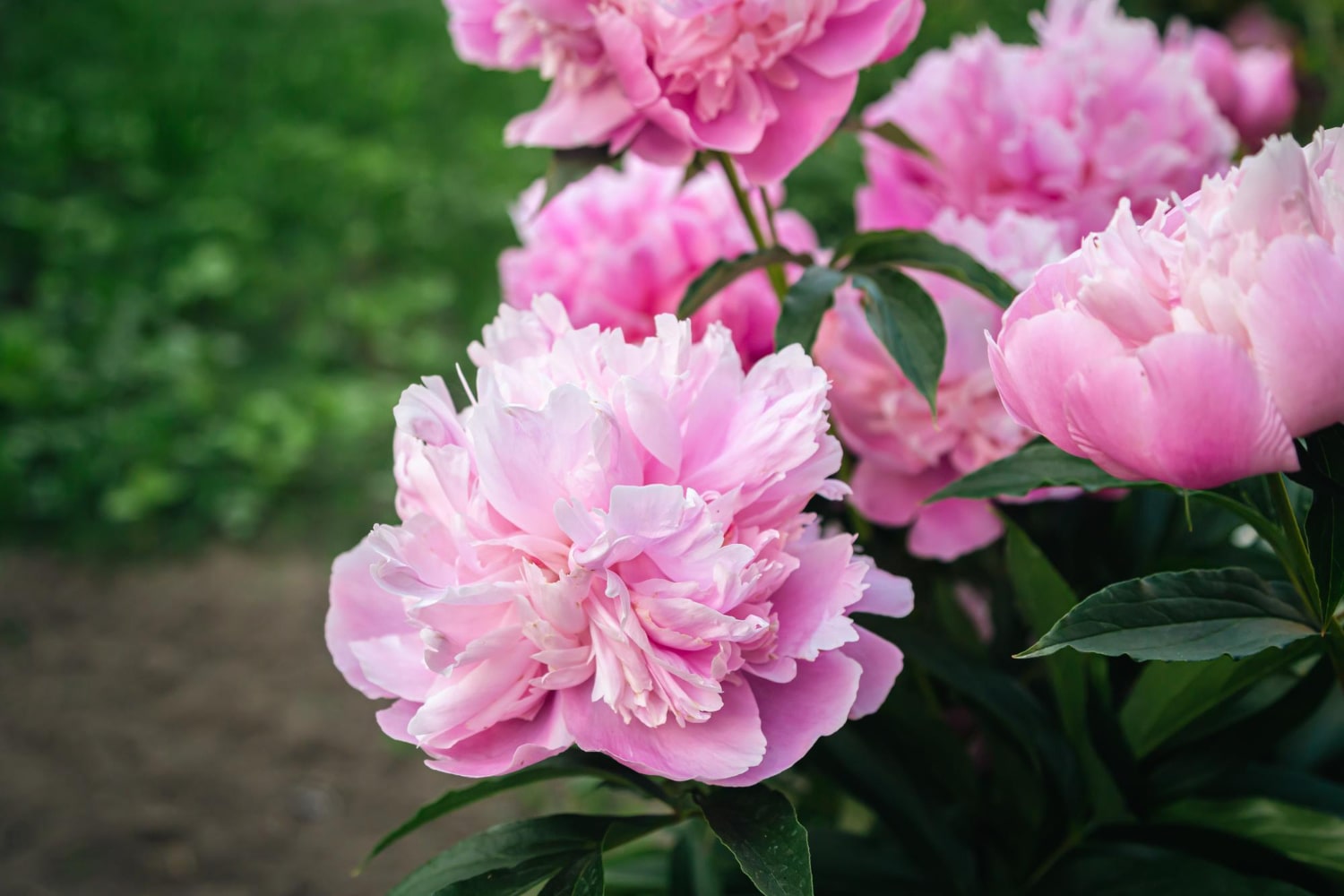Peonies are among the most elegant and magnificent flowers in the world, admired for their large blooms and delicate fragrance. For centuries, they have adorned gardens, weddings, and works of art. They symbolize love, prosperity, and honor, and in some cultures, they are believed to bring protection and good fortune. The history of peonies stretches back to ancient times, and their variety of shapes and colors makes them beloved by gardeners and florists everywhere. Below are fascinating and educational facts about peonies that you may not have known.
- Peonies belong to the family Paeoniaceae and are the only genus within it. There are about 40 natural species worldwide, most of which originate from Asia, while others grow in Europe and North America. They thrive in diverse climates, from mountain slopes to temperate plains.
- The name “peony” comes from Peon, a physician in Greek mythology who healed the gods’ wounds during their battles. Out of gratitude, the gods transformed him into a beautiful flower to protect him from jealousy. Since then, the peony has symbolized healing and protection.
- Peonies have been used in medicine for centuries. In ancient China and Greece, their roots and petals were used to relieve cramps, inflammation, and pain. During the Middle Ages, people believed peonies could ward off evil spirits and help with insomnia.
- In Chinese culture, the peony is called the “king of flowers” and symbolizes wealth, honor, and prosperity. Its image often appears in paintings, porcelain, and embroidery. During the Tang dynasty, peonies were so highly valued that they were grown in imperial gardens as sacred plants.
- In Japan, peonies represent courage, respect, and family happiness. They are often depicted in tattoos and decorative motifs alongside lions or tigers, symbolizing balance between strength and grace. In Japanese gardens, they hold a place of honor next to cherry blossoms and chrysanthemums.
- Peonies became popular in Europe during the 18th and 19th centuries after being imported from China. Their lush beauty and pleasant fragrance quickly captivated aristocrats. They were planted in palace gardens as symbols of refinement and social status.
- There are two main types of peonies — herbaceous and tree peonies. Herbaceous peonies die back in winter and reemerge in spring, while tree peonies maintain woody stems year-round. Both types are long-lived and can grow in the same place for decades.
- Some peony varieties live for over 100 years and continue to bloom annually. Their longevity makes them true treasures for gardeners. There are even stories of peonies still blooming in places where old houses once stood.
- Peonies have a relatively short blooming period — usually between seven and ten days, depending on the variety and weather. Gardeners extend the flowering season by planting multiple varieties that bloom at different times. This allows them to enjoy peonies throughout June.
- Peonies come in a wide range of colors, from pure white and soft pink to deep red, burgundy, and yellow. Some varieties change color as they bloom. The only color that does not occur naturally is blue, though breeders have long tried to create it.
- The flowers of peonies consist of many petals, giving them fullness and volume, which often makes them compared to roses. Their fragrance also varies — it can be sweet, spicy, or fresh with citrus notes. Because of this, peonies are widely used in perfumery.
- In floristry, peonies symbolize love, romance, and a happy marriage. They are among the most popular flowers used in wedding bouquets. It is believed that peonies bring harmony and long-lasting happiness to newlyweds.
- Peonies prefer sunny locations and fertile, well-drained soil. Too much moisture or shade can reduce flowering. With proper care, they can thrive for decades without needing to be replanted.
- There are over six thousand registered peony varieties worldwide, differing in color, shape, size, and fragrance. Every year, breeders create new hybrids by combining the best traits of various species. Some varieties have received international awards for their exceptional beauty.
- In the United States, the peony is the official state flower of Indiana. It was chosen as a symbol of beauty, endurance, and harmony. Every year, the Peony Festival in Indiana attracts thousands of visitors and flower enthusiasts.
- In China, annual peony festivals are held, the most famous being in the city of Luoyang. During the event, the city turns into a vast blooming garden. Tourists from all over the world come to admire millions of peonies in full bloom.
- Peonies have inspired artists and poets for centuries. In Chinese poetry, they symbolize femininity, beauty, and nobility. European painters often portrayed peonies as symbols of harmony, abundance, and natural elegance.
- Peonies attract bees and butterflies, making them valuable pollinator plants. They support biodiversity and improve the ecological balance of gardens. Their presence helps sustain a healthy ecosystem.
- Thanks to modern cultivation techniques, peonies can now be grown in greenhouses and sold year-round. As a result, they are available not only in spring but also in winter. This has made them one of the most sought-after flowers in global floristry.
Peonies are true jewels of the floral world, combining grace, strength, and deep symbolic meaning. Their beauty and fragrance have enchanted people for centuries, and their history is filled with legends and cultural significance. These fascinating facts show that peonies are not just garden decorations but living symbols of nature, harmony, and inspiration. You may not have known all their secrets, but they are what make peonies timeless and endlessly beloved flowers.





